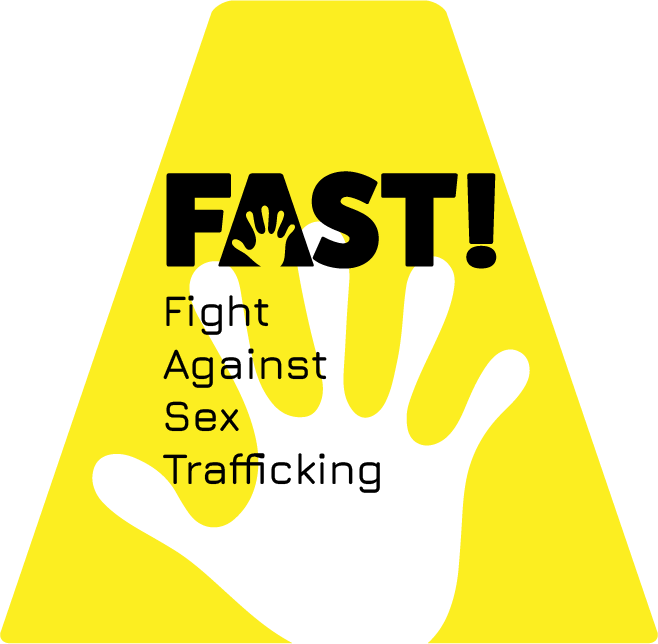Climate Change and Human Trafficking. As the impacts of climate change continue to intensify, the world is witnessing a concerning trend. It is the increasing vulnerability of people to human trafficking. In 2021 alone, 23.7 million individuals were internally displaced by climate-related disasters. Many others have been crossing borders in search of relief from climate-induced poverty. A report by the United Nations Office on Drugs and Crime (UNODC) sheds light on this alarming intersection between climate change and human trafficking, highlighting the urgent need for action.
The Link Between Climate Change and Vulnerability
Climate change, driven by factors such as rising temperatures, extreme weather events, and sea-level rise, is causing profound disruptions to ecosystems and communities. These disruptions are disproportionately affecting vulnerable populations, including those living in poverty, indigenous communities, and marginalized groups.
In regions where climate change exacerbates existing vulnerabilities, people are often forced to make difficult decisions to survive. In some cases, this means leaving their homes in search of more stable living conditions, economic opportunities, and access to basic resources like food and water. It is within this context of desperation that human traffickers often exploit the vulnerable.
Displacement and Trafficking
The UNODC report highlights the stark reality of climate-induced displacement and its connection to human trafficking. As communities are uprooted by environmental disasters, they become more susceptible to trafficking networks promising a way out of their dire circumstances. Desperation drives individuals and families to trust these promises, even when the risks are high.
Cross-Border Migration
In addition to internal displacement, climate change is driving cross-border migration as people seek refuge in neighboring countries. Climate-induced poverty, loss of agricultural productivity, and resource scarcity are pushing individuals to move in search of better opportunities. This movement often involves perilous journeys, where migrants may fall prey to human traffickers who exploit their vulnerability.
The UNODC report emphasizes that indigenous women and girls are at heightened risk of exploitation, as they face not only the consequences of environmental displacement but also gender-based violence and discrimination.
The intersection of climate change and human trafficking presents a grave threat to vulnerable communities worldwide. As climate-induced displacement continues to rise, so does the potential for exploitation by human traffickers. There is an immediate risk of trafficking due to climate change and vulnerability.



